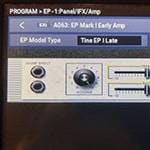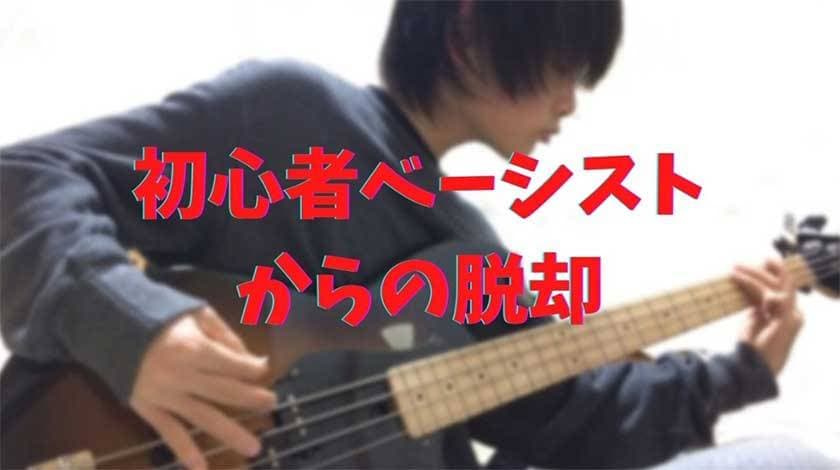
Despite sharing the same tuning as a guitar, the bass only has four strings. Due to its construction, it's sometimes perceived as an easier part than the guitar or as an inconspicuous, understated role.
It's not uncommon for people to switch to bass because they were surrounded by skilled guitarists, even though the bass is a completely different instrument in terms of difficulty and role.
Many of those who became bassists in that way end up sticking to the 'beginner's basics' style for a while, just plucking 8th note roots and occasionally throwing in a third or fifth.
Root playing isn't necessarily bad. A solid, rhythmic 8th note root groove is a powerfully masculine bass line, offering a different kind of appeal than a more dynamic, moving bass line. However, there's a difference between someone who can only play roots and someone who can do that while also creating melodic bass lines. Why not take this opportunity to learn various playing styles and break out of that beginner's mold?
■ First, the 3rd and 5th
When you decide to move away from just playing root notes, the first things that come to mind are adding the 3rd (minor 3rd for minor keys) and 5th to your bass lines. It's simple and easy to use in any song, but just adding the 3rd and 5th doesn't change the impression much from only playing roots. However, these 3rds and 5ths can be transformed into advanced techniques depending on how you use them.
○ Not Playing the Root at the Start of the Bar
The reason why adding 3rds and 5ths doesn't change the overall impression much is that you're still playing the root note at the beginning of each chord change. For example, if the chord is C, you would first play C, and then move to the 3rd or 5th while the chord continues.
That's also a valid approach, but occasionally, try deviating from the root from the very start. For example, in the following chord progressio:
Cmaj7⇒A7⇒Dm7⇒G7
Try changing the second A7 to C#, its 3rd. You'll find it creates a satisfying-sounding connection to A7 via a half-step progression from C.
While you can't always replace the root with the 3rd or 5th, it often works in cyclical chord progressions.
Since explaining it in detail would be lengthy, I'll omit the specifics, but if you're interested, delve deeper into the theory. Those who play jazz, in particular, tend to be well-versed in this type of theory, and some even play with almost no root notes at all.
○ How to be Conscious of the Bass Drum
It's a fundamental principle that the bass should align with the bass drum. Being low-frequency instruments, when they are heard together, a synergistic effect occurs, making the song feel more cohesive.
It's something that most bassists naturally do, even without formal instruction. It just sounds good, I suppose.
However, conversely, it could also be said that it's a rather commonplace rhythm. To become a bassist who stands out, while keeping the fundamental principle of aligning with the bass drum in mind, it's beneficial to also be able to use rhythms that deliberately deviate from it.
For an example of a famous song that doesn't follow the bass drum closely, I recommend listening to 'Walking on the Moon' by The Police.
The Police - Walking On The Moon
While significantly deviating from the bass drum, the playing is essentially limited to roots, 3rds, and 5ths – nothing too difficult. If this song had a root-based line that aligned with the bass drum and chord changes, it would have resulted in a completely different-sounding piece. While it's important to craft a bass line that fits the song, becoming a bassist who can create a bass line that transforms the song makes you an indispensable member of the band.
■ Ghost Notes and Staccato
In contrast to flowing bass lines, ghost notes and staccato are essential for creating groove by utilizing rests. Ghost notes are a required skill for drummers as well, and guitarists achieve a similar effect with a technique called brushing.
On the bass, similar to a guitarist's brushing technique, you mute the strings and play, producing a percussive sound with unclear pitch. The groove of a song will be completely different depending on whether you create silent intervals with staccato when not playing actual notes, or if you use ghost notes.
Apologies for the handwritten examples, but please try comparing these three patterns by playing them. Whether you use fingerstyle or a pick is fine.
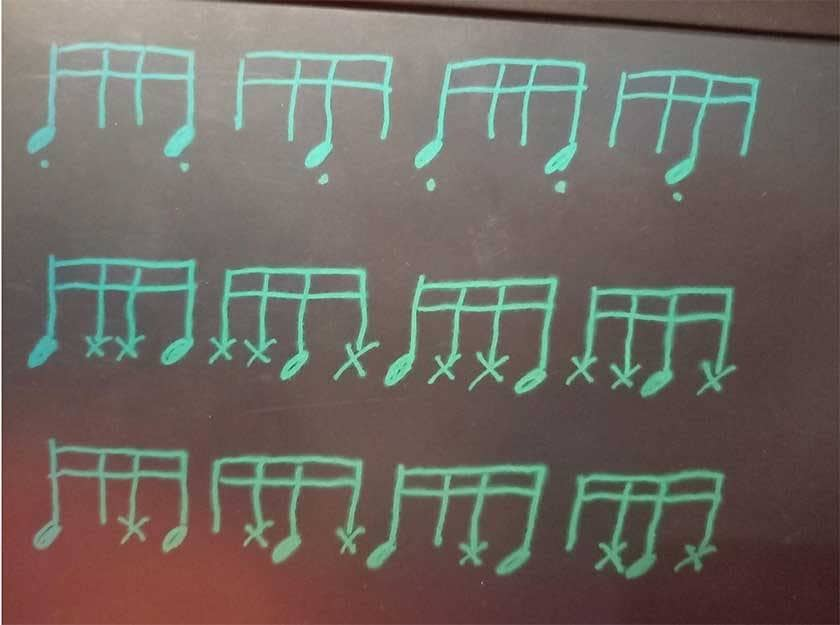
The first example is without brushing. Please play it while being conscious of staccato. Next is the middle rhythm score. All the rests from before have been replaced with 'x' brushing symbols. And finally, the last example is a combination of brushing and rests.
Even though the points where the actual notes are played are all the same, the groove of the song should sound significantly different. Once you can differentiate between these ghost notes and staccato, and use them effectively within a song, you'll no longer be called a beginner bassist.
■ In Conclusion
The techniques presented here are just a fraction of the vast world of bass playing. While often perceived as an understated instrument, bass offers prominent playing styles such as slapping, tapping, and chord work. It's certainly not a part destined to fade into the background of a band.
In rock, figures like Billy Sheehan and Flea from the Red Hot Chili Peppers stand out as prominent figures, even within their bands. And in the realm of jazz bassists, Jaco Pastorius composes entire songs with just the bass.
Since it's actually a very versatile instrument, find your own style by exploring various techniques and figuring out what kind of bassist you want to be.
The “sound & person” column is made up of contributions from you.
For details about contributing, click here.






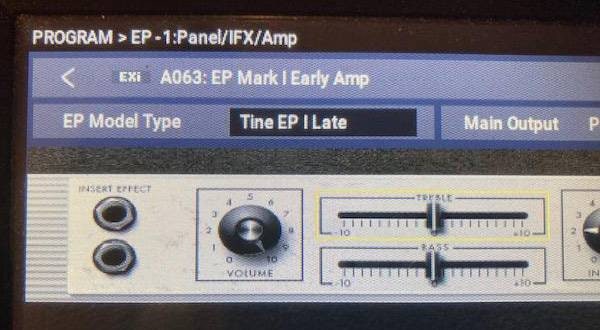









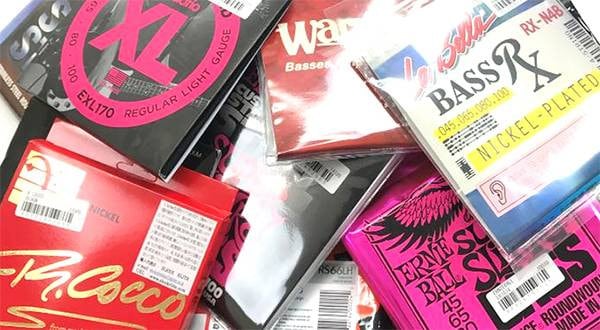
 基礎から学ぶベースレッスン
基礎から学ぶベースレッスン
 SKB ギター・ベースケースセレクター
SKB ギター・ベースケースセレクター
 ベーススタートガイド
ベーススタートガイド
 超オススメのフレーズ道場 ベース
超オススメのフレーズ道場 ベース
 ベースの木材について
ベースの木材について
 ベース初心者講座
ベース初心者講座
